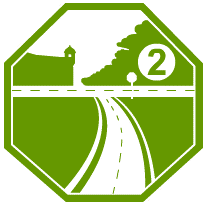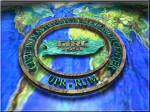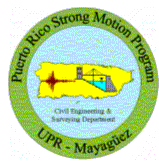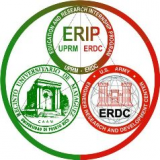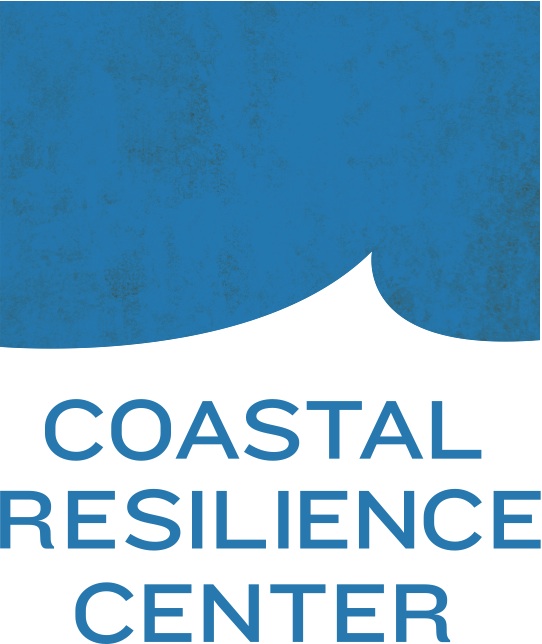The Department invests approximately 40% of its academic work in research projects, technology transfers, publications, and other creative activities. The following units lead our creative task:
This network began operations in the year 1999, in collaboration with the Federal Emergency Management Agency (FEMA) and the Puerto Rico Environmental Quality Board. It consists of seven (7) wind measurement stations (velocity and direction) and other parameters such as rainfall and barometric pressure, temperature, and relative humidity. This system can take measurements in enough time to record 3-second gusts of wind and its characteristics. These stations are continuously registering winds, which allow better correlating the dynamic characteristics of the winds with the actions these can cause to the areas near the instrument and on the buildings of that area. This information is essential to establish realistic estimates of engineering projects. The department also has a wind tunnel to carry out aerodynamic studies on small-scale models, and it allows complementing the direct field information that is obtained in the wind stations. Other collected data, such as the case of precipitation, enables us to analyze the distribution of rainfalls over time (intensity) and to identify extreme events in magnitude according to its duration and recurrence.

